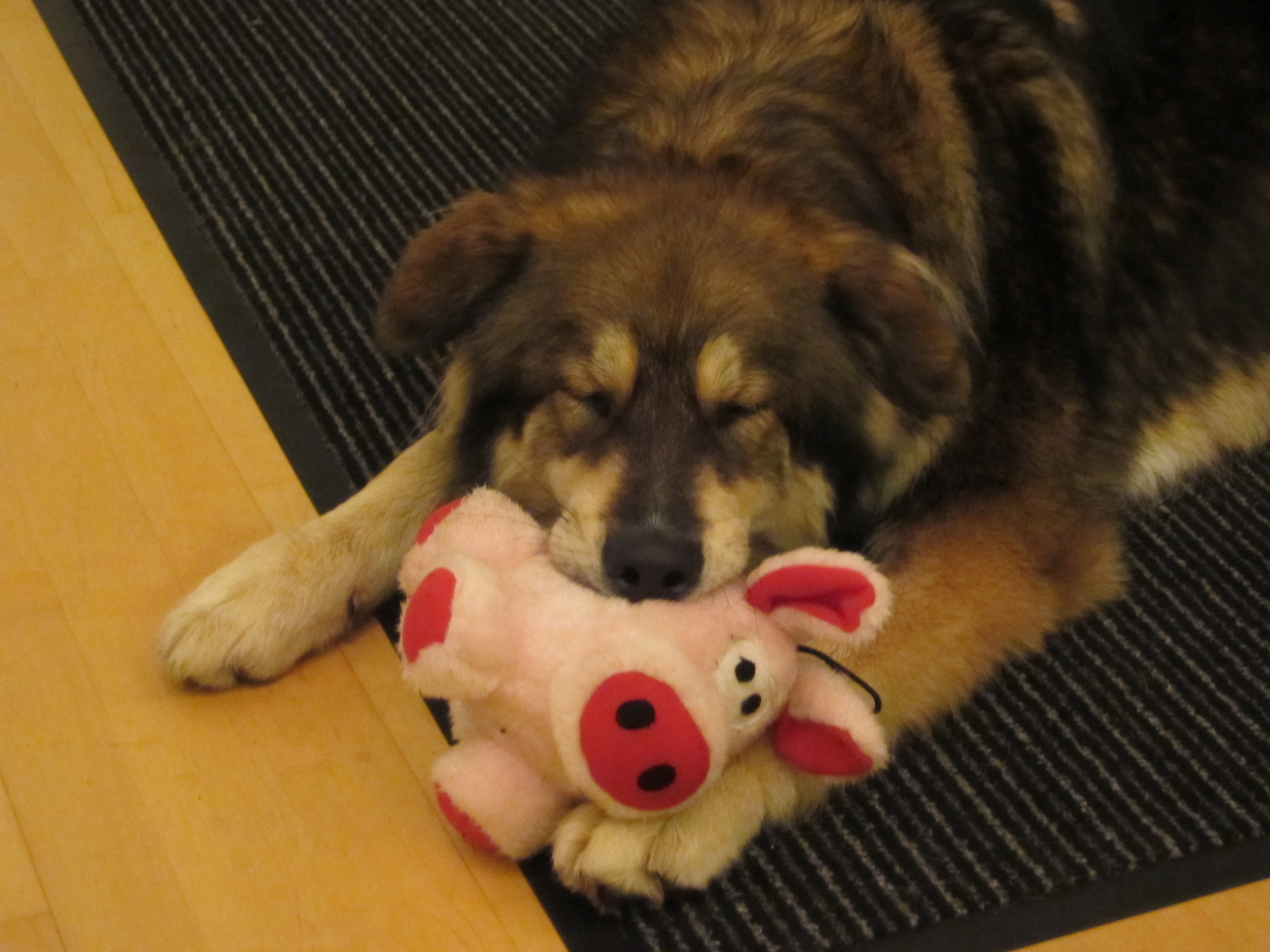OK, here we go, our one full day in Paris. We’d basically be getting to the half dozen places that we’d failed to get to during our first visit in 2008. And yes, we were in Paris for Fashion Week. 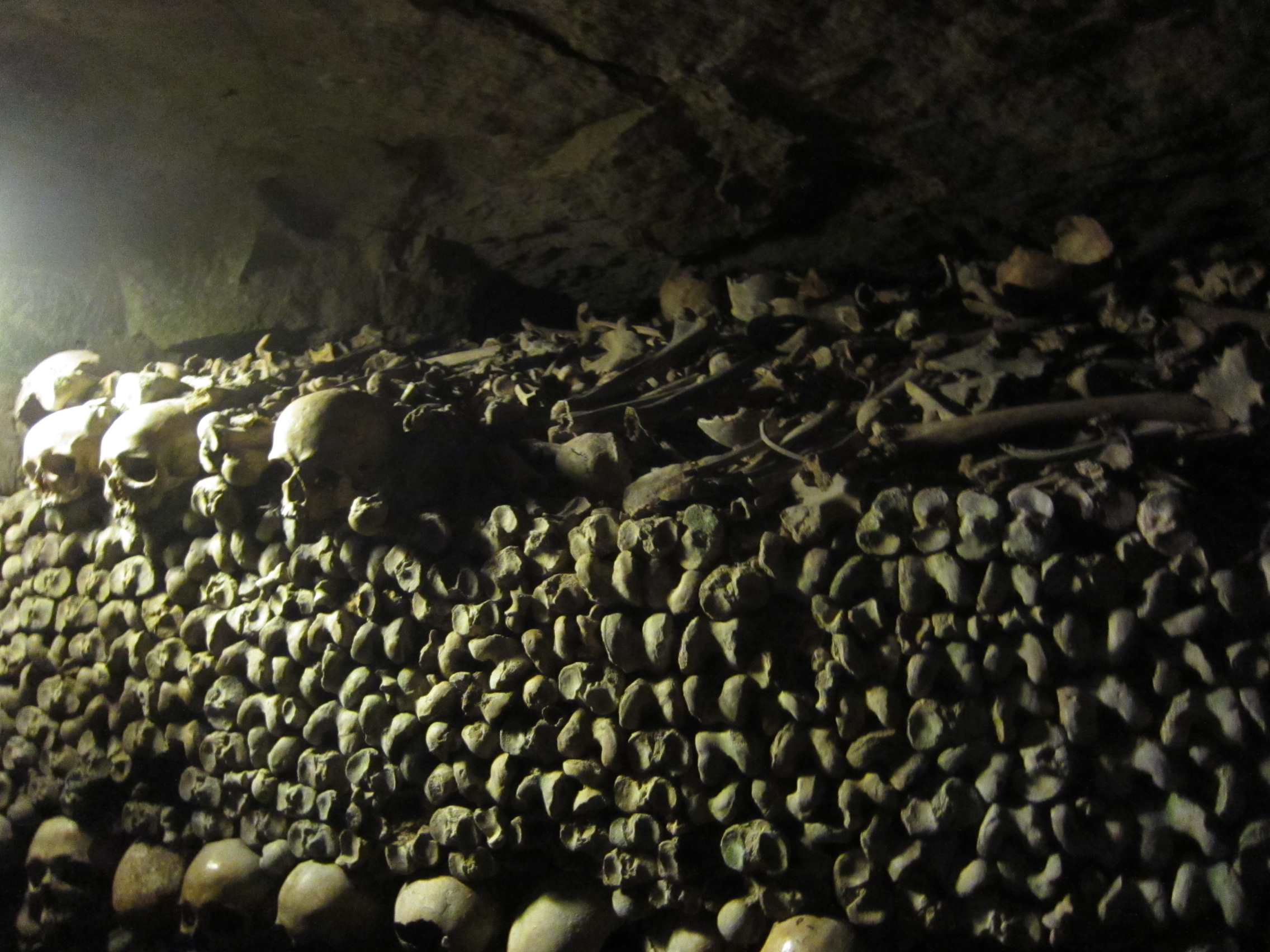 First, the Catacombes. Last time, we arrived in mid afternoon to find a line around the block. This time, we showed up before they opened (just) and the line was only a few minutes long. And once we were in, the few people with us quickly thinned out and we basically had the place to ourselves to wander through. We’ve been to ossuaries before (most notably the incredible one at Kutna Hora church in Sedlec, Czech Republic) and this would be the granddaddy. It didn’t have the artistic frivolity of the Czech ossuary, but it certainly did well in sheer scale and monumental solemnity.
First, the Catacombes. Last time, we arrived in mid afternoon to find a line around the block. This time, we showed up before they opened (just) and the line was only a few minutes long. And once we were in, the few people with us quickly thinned out and we basically had the place to ourselves to wander through. We’ve been to ossuaries before (most notably the incredible one at Kutna Hora church in Sedlec, Czech Republic) and this would be the granddaddy. It didn’t have the artistic frivolity of the Czech ossuary, but it certainly did well in sheer scale and monumental solemnity.  Next, over to the Deyrolle shop, first opened in 1831 by Emile Deyrolle. Well, not shop so much as showcase of taxidermy oddities. A simple gardening shop on the ground floor leads upstairs to an astonishing array of stuffed mammals, reptiles, birds, insects and creatures of all kinds, great and small, spread among a half dozen huge rooms. Literally, they went from entire full-grown bears down to the tiniest of insects, all mounted and on display (don’t touch in French, and no pictures allowed). Sharon bought an expensive bug which will have a special place in our new home. (We were later surprised to see Deyrolle appear briefly in a scene in the Woody Allen movie, Midnight in Paris, that they played on the plane on our way home!)
Next, over to the Deyrolle shop, first opened in 1831 by Emile Deyrolle. Well, not shop so much as showcase of taxidermy oddities. A simple gardening shop on the ground floor leads upstairs to an astonishing array of stuffed mammals, reptiles, birds, insects and creatures of all kinds, great and small, spread among a half dozen huge rooms. Literally, they went from entire full-grown bears down to the tiniest of insects, all mounted and on display (don’t touch in French, and no pictures allowed). Sharon bought an expensive bug which will have a special place in our new home. (We were later surprised to see Deyrolle appear briefly in a scene in the Woody Allen movie, Midnight in Paris, that they played on the plane on our way home!)
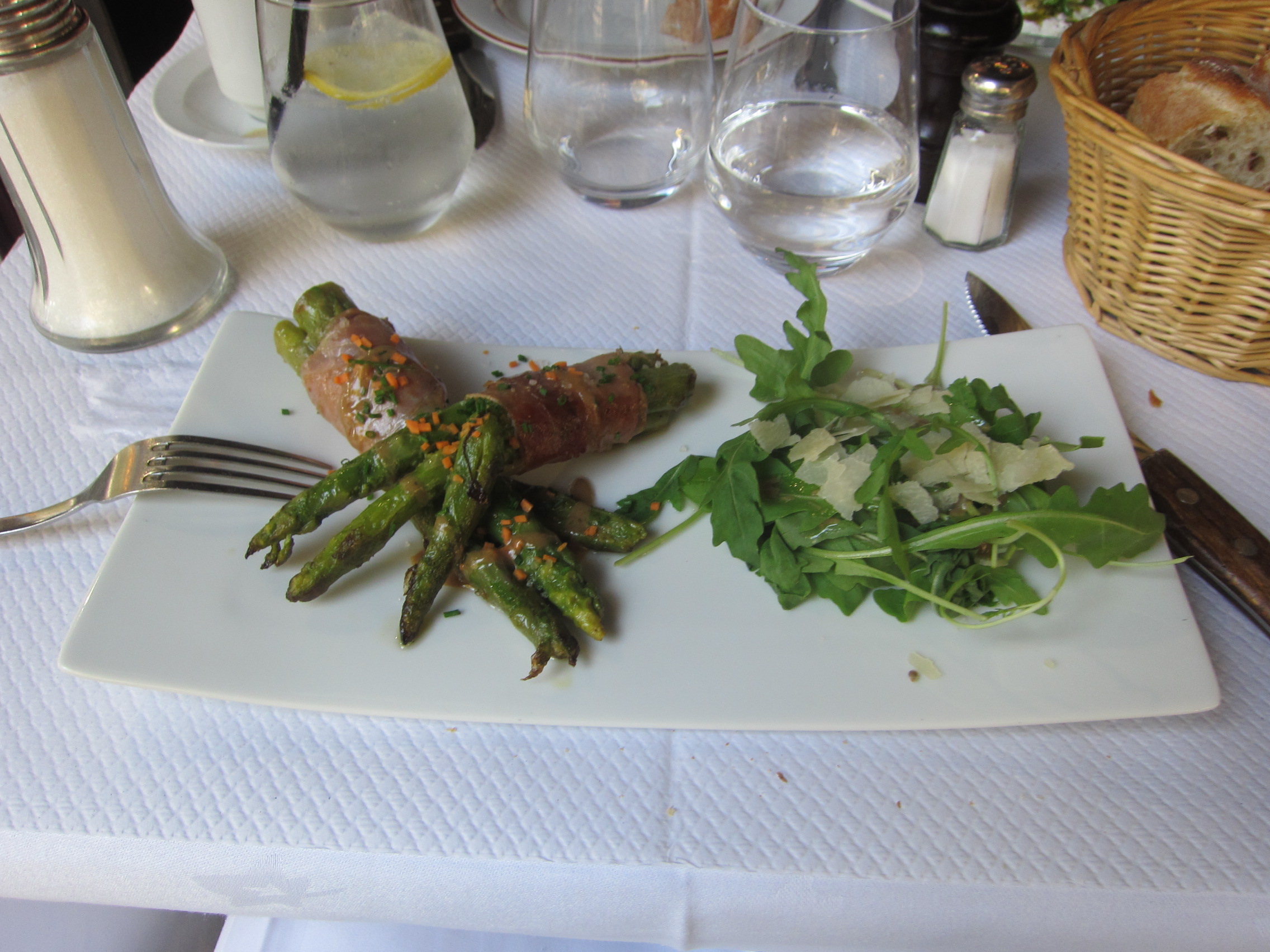 Lunchtime! Found a very nice restaurant, balked at the prices a bit and settled for a delicious lunch of two appetizers (shown is asparagus wrapped in proscuitto). Next door was a random toy shop that also separated us from more money. Sharon continues to be fixated on Barbapapa, a French children’s television show, which is an obsession that started during our last trip here four years ago!
Lunchtime! Found a very nice restaurant, balked at the prices a bit and settled for a delicious lunch of two appetizers (shown is asparagus wrapped in proscuitto). Next door was a random toy shop that also separated us from more money. Sharon continues to be fixated on Barbapapa, a French children’s television show, which is an obsession that started during our last trip here four years ago! 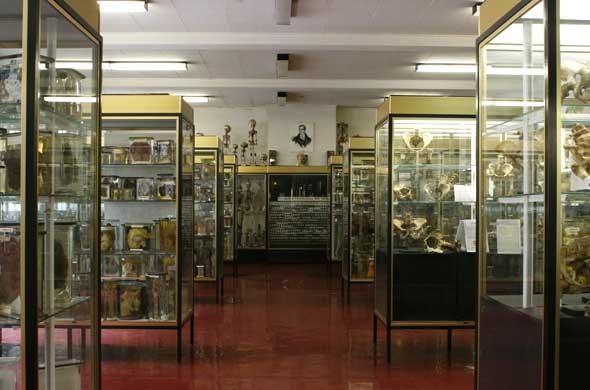 Next, the Musée Dupuytren. This is a medical museum (tucked inside the grand l’Ecole de Médecine, part of the Sorbonne) that, like everything on today’s itinerary, we’d tried to visit during our last trip but which had been closed for the school holidays at the time. It took us a bit of wandering in the l’Ecole complex to find it (including walking through a Paris Fashion Week event) but we did and it didn’t disappoint. Like Philadelphia’s Mütter Museum or the Josephinum in Vienna, both of which we’ve been to, this collection of medical oddities had been assembled over two centuries to educate medical students on the human body. More specifically, the medical abnormalities of the human body. Mostly preserved in jars of fluid but occasionally represented as wax figures, absolutely every awful disease or abnormality you’ve ever heard of was well represented here, often in triplicate. Sharon gasped at her discovery of some preserved examples of Harlequin babies, to which two other young American medical students who were in the museum responded by rushing over to see them as well. In total, the entire museum was held in one large room, but it was completely packed with specimens and probably exceeded the American museums in scale. And the curator, who is also a physician, was there and showed us around! He uses the museum to teach anatomy and pathology courses. Here’s a bunch of great photos from the Morbid Anatomy website.
Next, the Musée Dupuytren. This is a medical museum (tucked inside the grand l’Ecole de Médecine, part of the Sorbonne) that, like everything on today’s itinerary, we’d tried to visit during our last trip but which had been closed for the school holidays at the time. It took us a bit of wandering in the l’Ecole complex to find it (including walking through a Paris Fashion Week event) but we did and it didn’t disappoint. Like Philadelphia’s Mütter Museum or the Josephinum in Vienna, both of which we’ve been to, this collection of medical oddities had been assembled over two centuries to educate medical students on the human body. More specifically, the medical abnormalities of the human body. Mostly preserved in jars of fluid but occasionally represented as wax figures, absolutely every awful disease or abnormality you’ve ever heard of was well represented here, often in triplicate. Sharon gasped at her discovery of some preserved examples of Harlequin babies, to which two other young American medical students who were in the museum responded by rushing over to see them as well. In total, the entire museum was held in one large room, but it was completely packed with specimens and probably exceeded the American museums in scale. And the curator, who is also a physician, was there and showed us around! He uses the museum to teach anatomy and pathology courses. Here’s a bunch of great photos from the Morbid Anatomy website.  Moving on! At this point we were making good time, so we headed for the Musée de l’Orangerie, an entire building dedicated to Monet’s dreamlike “Water Lilies” mural series. Chris was underwhelmed and glad that we hadn’t paid extra for the 10 minutes we spent in there (we got in via our museum pass). Up next was a shop on the other side of the Louvre, and then the Louvre itself, so we had a nice long (and slow) walk down through the Tuiliries gardens. Midway we sat in some extremely comfortable chairs and did some primo people watching.
Moving on! At this point we were making good time, so we headed for the Musée de l’Orangerie, an entire building dedicated to Monet’s dreamlike “Water Lilies” mural series. Chris was underwhelmed and glad that we hadn’t paid extra for the 10 minutes we spent in there (we got in via our museum pass). Up next was a shop on the other side of the Louvre, and then the Louvre itself, so we had a nice long (and slow) walk down through the Tuiliries gardens. Midway we sat in some extremely comfortable chairs and did some primo people watching.
We walked towards and then basically through the Louvre gates, past the Arc de Triomphe du Carrousel, pictured here. Note this is not the more famous Arc de Triomphe de l’Étoile, which is about two miles away at the far end of the Champs-Élysées. In this photo, looking east, you can see the iconic Louvre Pyramid framed inside the arch.

Through the Louvre plaza to the other side, we reached the Artoyz shop. This tiny shop specializes in otaku, which is basically hipster toys usually inspired by Japanese culture. In other words, crack for Sharon. 
And finally, our last official destination of our Paris trip — the Louvre. As we did last time, many people just avoid the Louvre because it is so daunting, and you could spend months here and still not see everything. This time we did tackle it — we spent 3 hours simply wandering the halls 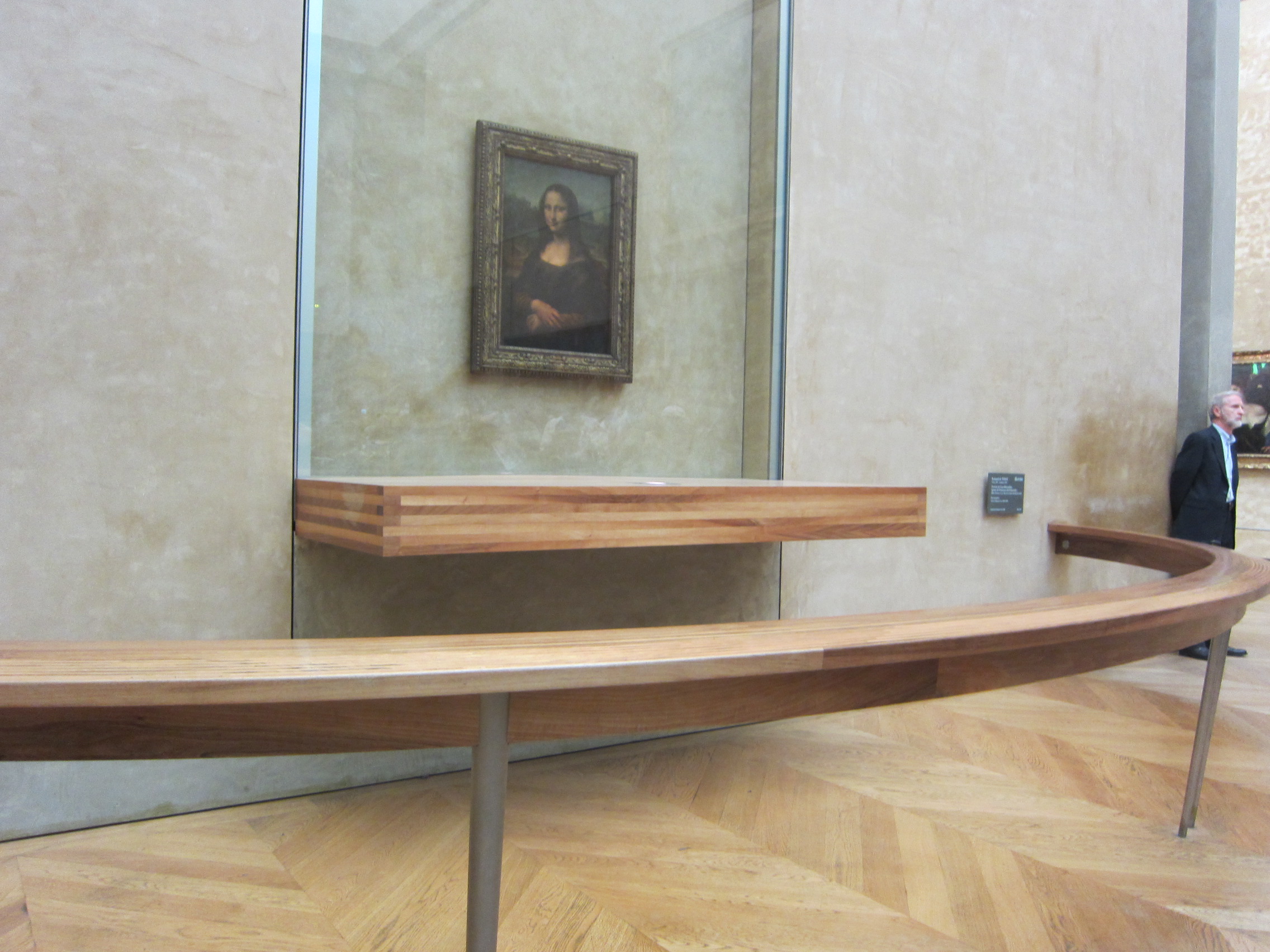 (independently), seeking out various obvious highlights — a Mona Lisa here, a Venus de Milo there, et cetera. Chris was most stunned by the entire medieval fortress (that the Louvre was eventually built over) that had been excavated out under one of the wings. The Louvre is a museum without peer — it is an entire city of artwork, the entirety of human artistic endeavor under one roof, from the Code of Hammurabi to Napoleanic decorative riches. At some point in the Louvre we caught a bite to eat at a cafe, so afterwards it was straight back to the hotel to collapse.
(independently), seeking out various obvious highlights — a Mona Lisa here, a Venus de Milo there, et cetera. Chris was most stunned by the entire medieval fortress (that the Louvre was eventually built over) that had been excavated out under one of the wings. The Louvre is a museum without peer — it is an entire city of artwork, the entirety of human artistic endeavor under one roof, from the Code of Hammurabi to Napoleanic decorative riches. At some point in the Louvre we caught a bite to eat at a cafe, so afterwards it was straight back to the hotel to collapse.
 Thankfully the TGV ride to Paris was just about perfect. TGV stands for
Thankfully the TGV ride to Paris was just about perfect. TGV stands for 
 After a respite and a quick wash to remove the Paris Metro slime, we were back out on the streets. Tonight’s one destination would be the
After a respite and a quick wash to remove the Paris Metro slime, we were back out on the streets. Tonight’s one destination would be the  As we would also see later in the Louvre, the scale of the building allows them to put on display truly huge artwork, such as
As we would also see later in the Louvre, the scale of the building allows them to put on display truly huge artwork, such as  The
The 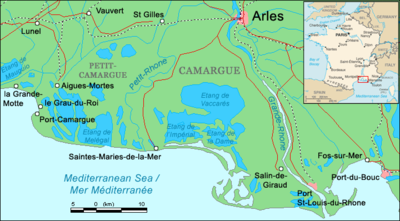





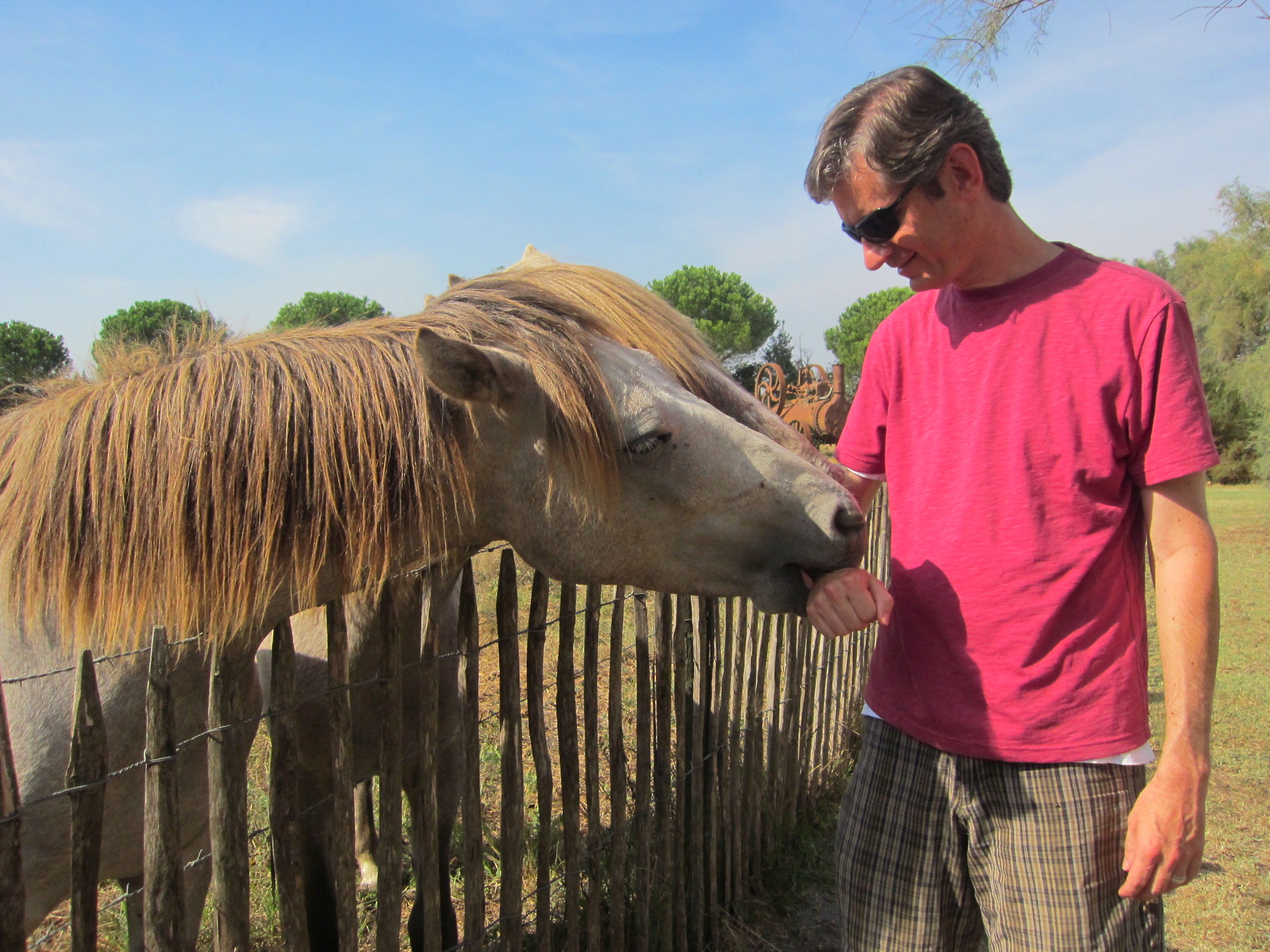 We played and petted them for about 15 minutes and we were sad to leave.
We played and petted them for about 15 minutes and we were sad to leave. 

 de the fortress and have shops and cafes going, where they refuse to serve meals at appropriate times. The museum shop had a cat that was very used to the crowds of young students on field trips.
de the fortress and have shops and cafes going, where they refuse to serve meals at appropriate times. The museum shop had a cat that was very used to the crowds of young students on field trips.
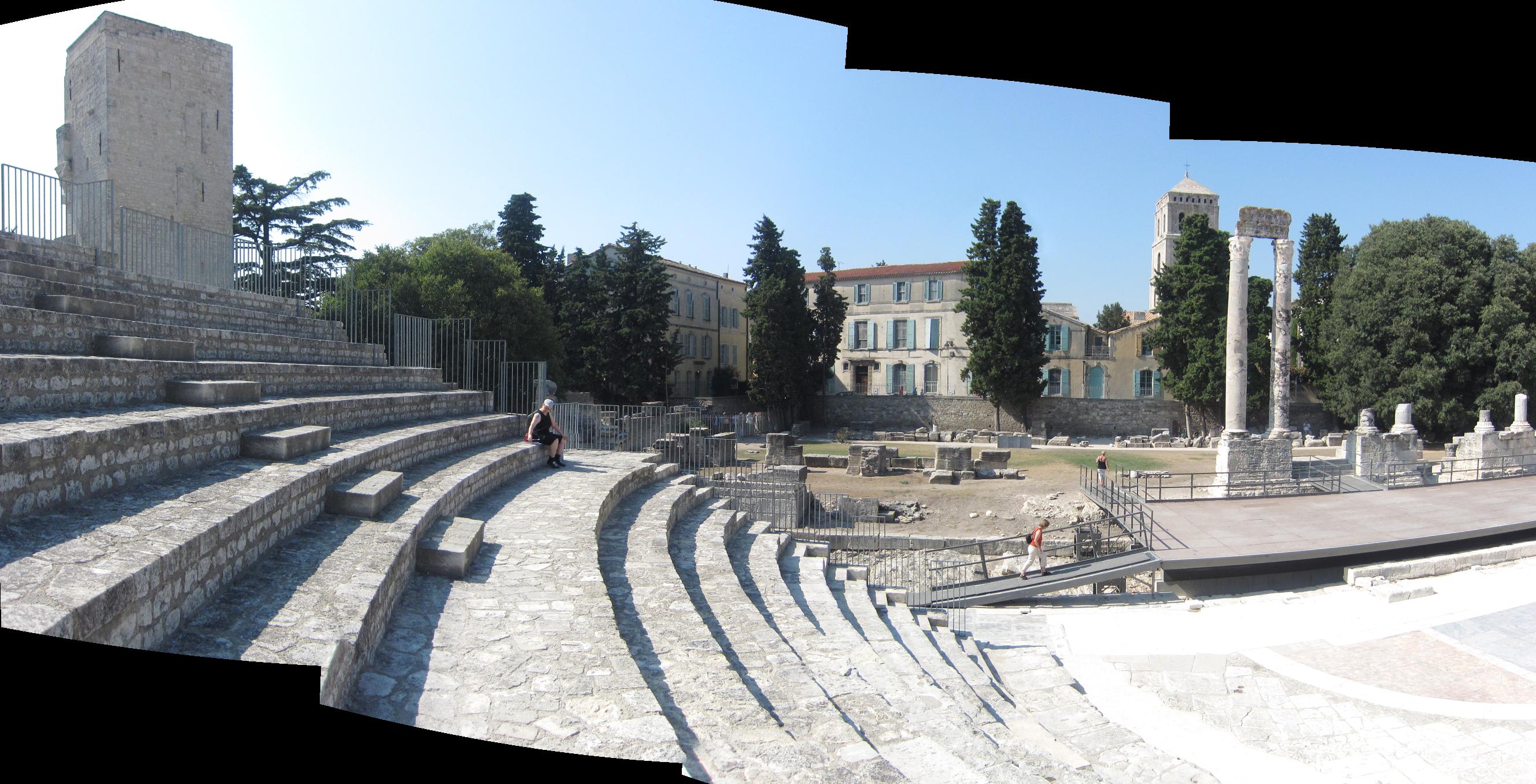
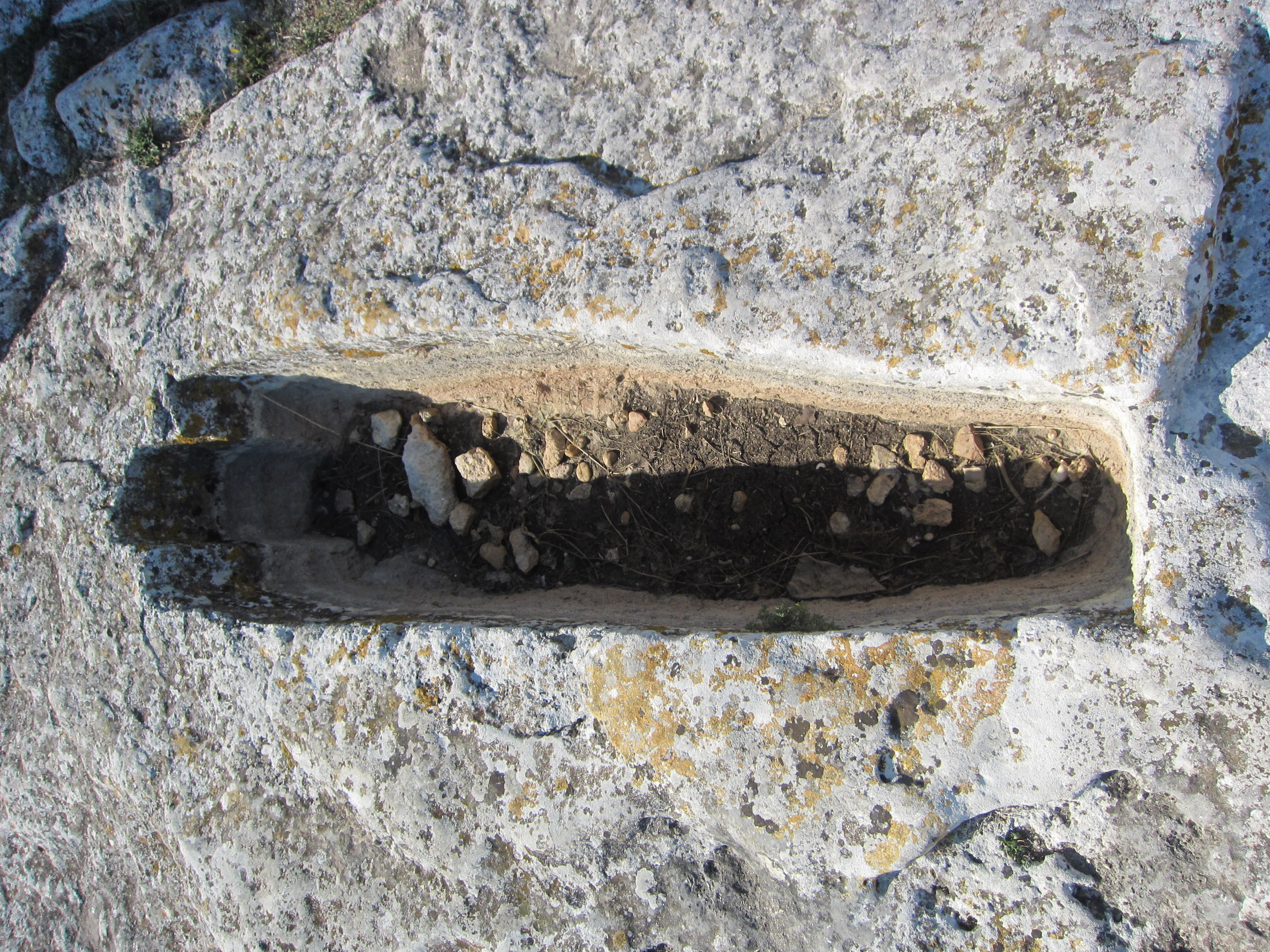 After wandering Arles for a bit, we hit the road again, stopping first to fuel up the car. Diesels are extremely popular cars all over Europe, both due to their inherent efficiency and even some government subsidies. Nearly every car model is offered with a diesel version, and the muffled clatter of the diesel engine is heard everywhere here. A stop at the gas station tells you why they are so sensitive to efficiency here — gas and diesel cost twice as much here as in the U.S. Filling up the small VW’s tank costed us $100.
After wandering Arles for a bit, we hit the road again, stopping first to fuel up the car. Diesels are extremely popular cars all over Europe, both due to their inherent efficiency and even some government subsidies. Nearly every car model is offered with a diesel version, and the muffled clatter of the diesel engine is heard everywhere here. A stop at the gas station tells you why they are so sensitive to efficiency here — gas and diesel cost twice as much here as in the U.S. Filling up the small VW’s tank costed us $100.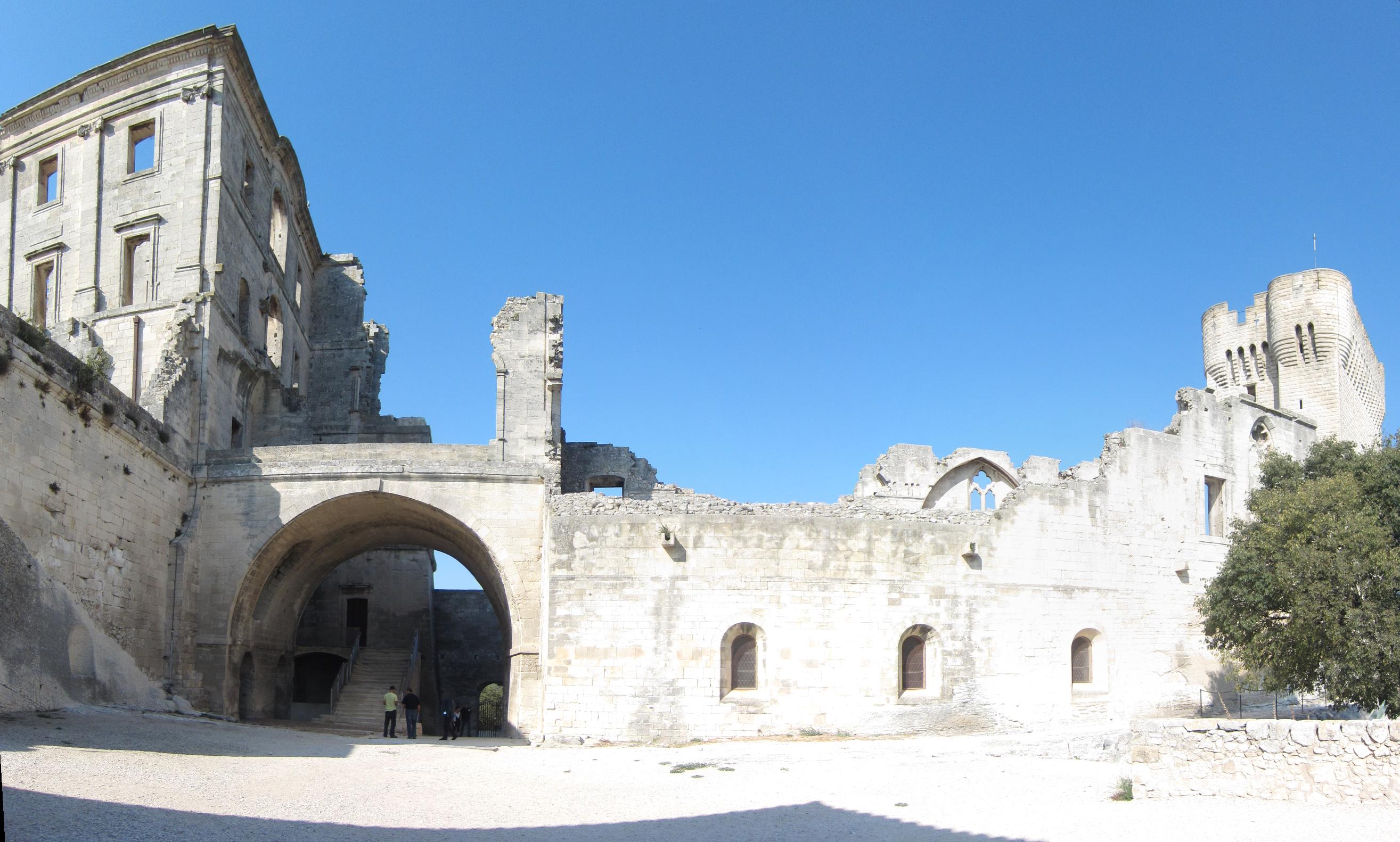
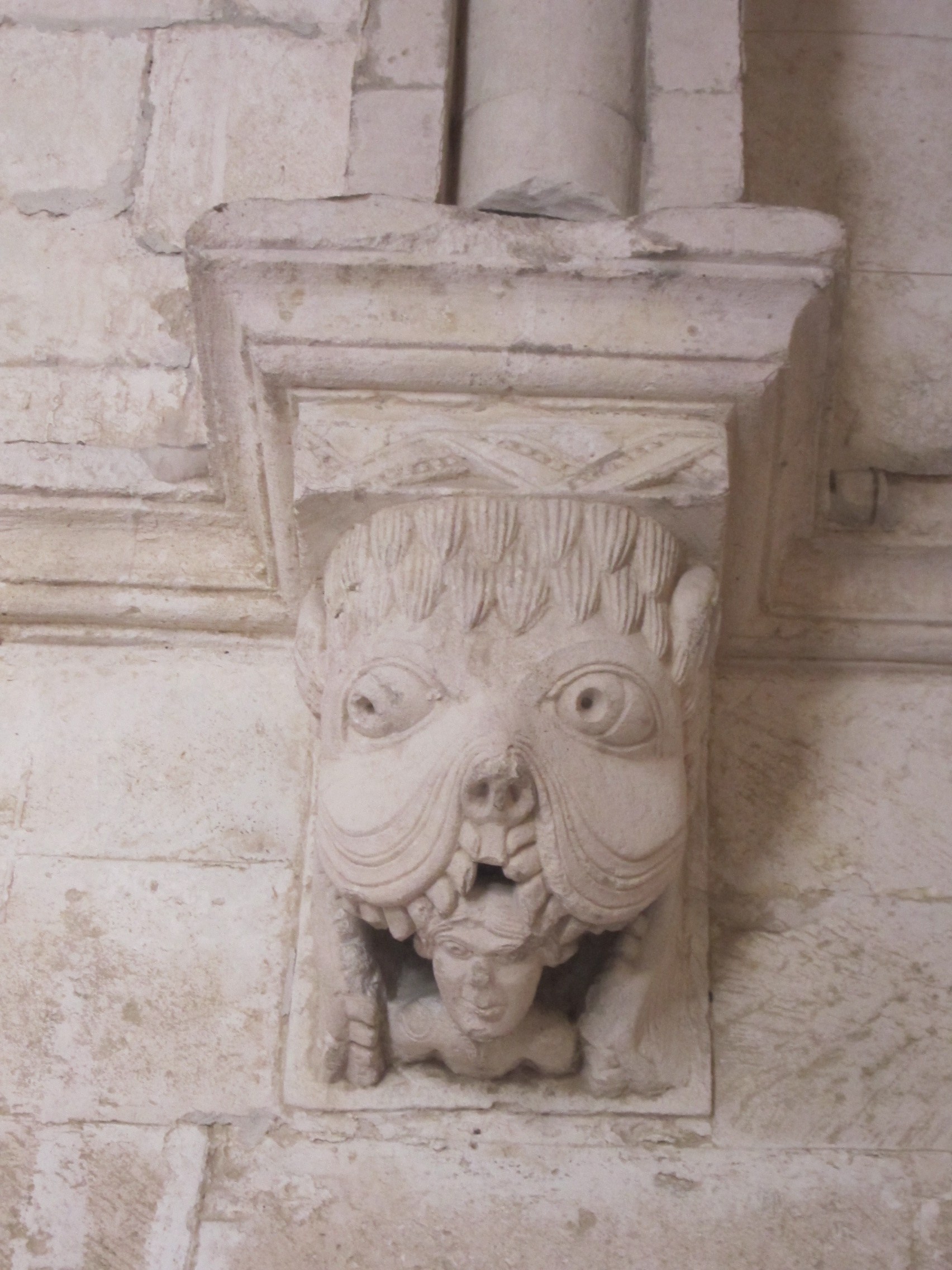 Back on the road, after only a couple miles we reached the
Back on the road, after only a couple miles we reached the 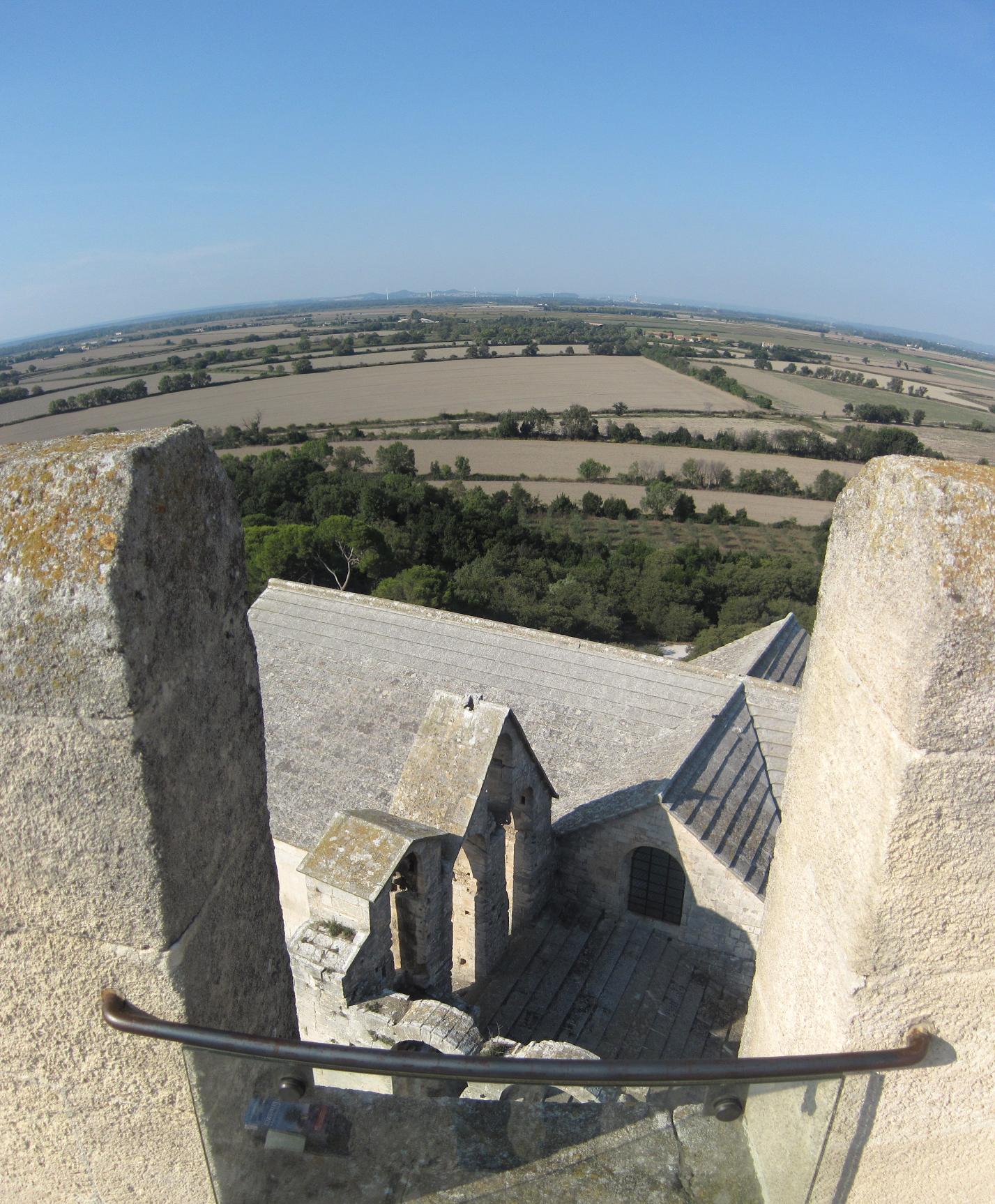 but ran into the fact that restaurants in France open for lunch, close for a few hours, then re-open at 7pm for dinner. And so began our trip of gentle starvation.
but ran into the fact that restaurants in France open for lunch, close for a few hours, then re-open at 7pm for dinner. And so began our trip of gentle starvation.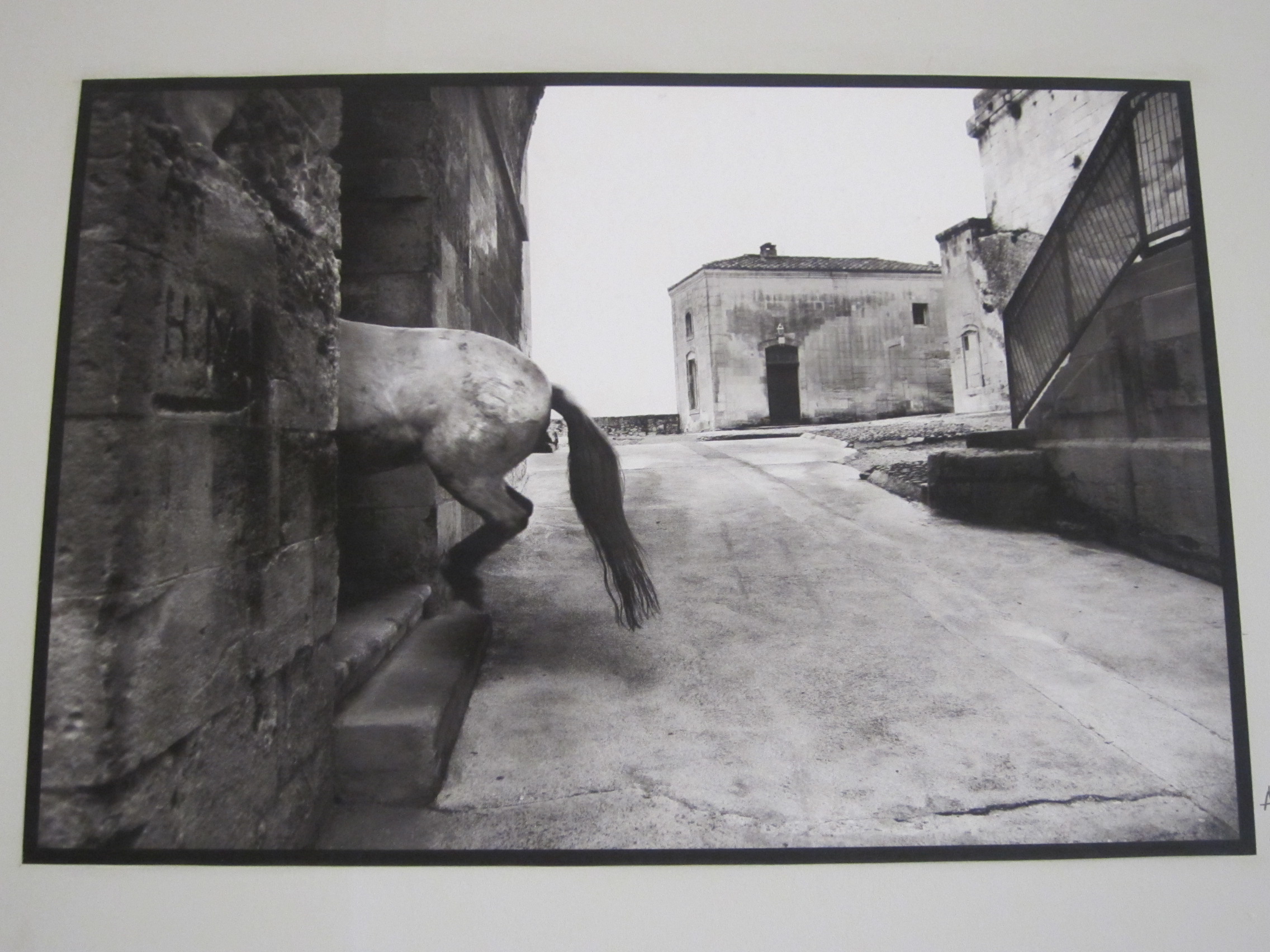 Anyway, back to the abbey. Built on top of (and in some places carved into) a small rocky outcrop, this Benedectine monastery was just an incredible place. From the gravesites carved into solid rock (see above picture) to the massive stone arches to the tower with the stunning views of the countryside, this was one of our favorite destinations.
Anyway, back to the abbey. Built on top of (and in some places carved into) a small rocky outcrop, this Benedectine monastery was just an incredible place. From the gravesites carved into solid rock (see above picture) to the massive stone arches to the tower with the stunning views of the countryside, this was one of our favorite destinations.  Most freaky of all were the gargoyle carvings on the columns around the cloister, such as this one of the fabled tarasque monster having a snack. And then we stumbled across a little gallery in the middle of it all, where the french artist
Most freaky of all were the gargoyle carvings on the columns around the cloister, such as this one of the fabled tarasque monster having a snack. And then we stumbled across a little gallery in the middle of it all, where the french artist 
 with leftovers from the previous day. Breads, cheeses, weisewurst, sausage salad and cakes were all consumed as well as coffee with beer chasers. That’s right, beer for breakfast. We packed up, said our goodbyes and Renate drove us to the airport.
with leftovers from the previous day. Breads, cheeses, weisewurst, sausage salad and cakes were all consumed as well as coffee with beer chasers. That’s right, beer for breakfast. We packed up, said our goodbyes and Renate drove us to the airport.
 Party day! Everyone was very busy setting up for the party – a caterer and a beer keg were ordered and about 20 guests came in addition to the ~20 family members already here. Renate had many people to celebrate with her, including her former coworkers who performed a skit poking fun at the career counseling service they all worked at. Conny prepared a family cookbook for Renate with recipes from families and friends from all over the world, including a large amount of material from Monika’s old cookbooks. The party went late into the night with several bonfires going at once, music playing and much beer consumed.
Party day! Everyone was very busy setting up for the party – a caterer and a beer keg were ordered and about 20 guests came in addition to the ~20 family members already here. Renate had many people to celebrate with her, including her former coworkers who performed a skit poking fun at the career counseling service they all worked at. Conny prepared a family cookbook for Renate with recipes from families and friends from all over the world, including a large amount of material from Monika’s old cookbooks. The party went late into the night with several bonfires going at once, music playing and much beer consumed.  Shown in the first picture above are Renate’s friends in the “dirndl” traditional dress.
Shown in the first picture above are Renate’s friends in the “dirndl” traditional dress.

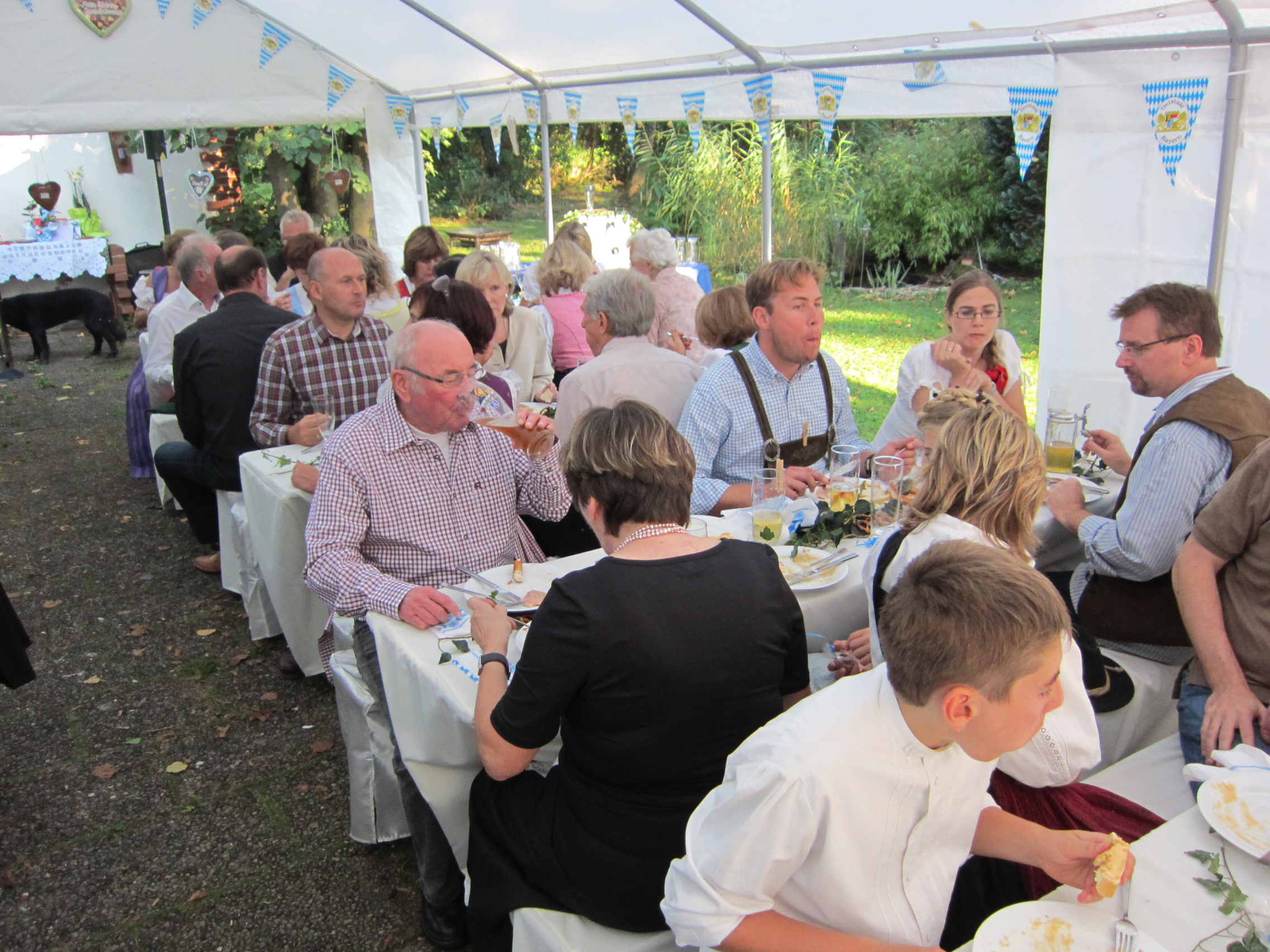

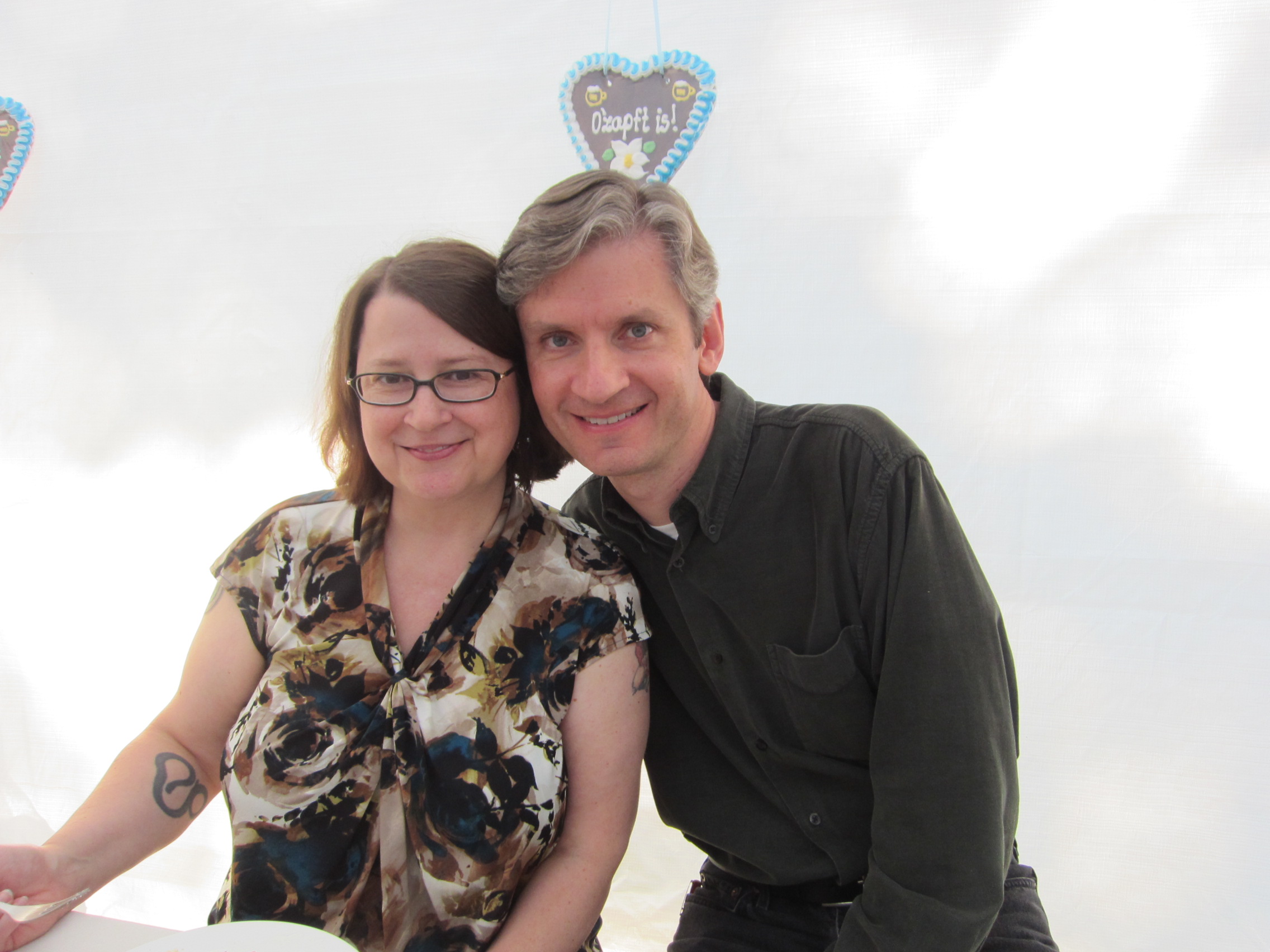
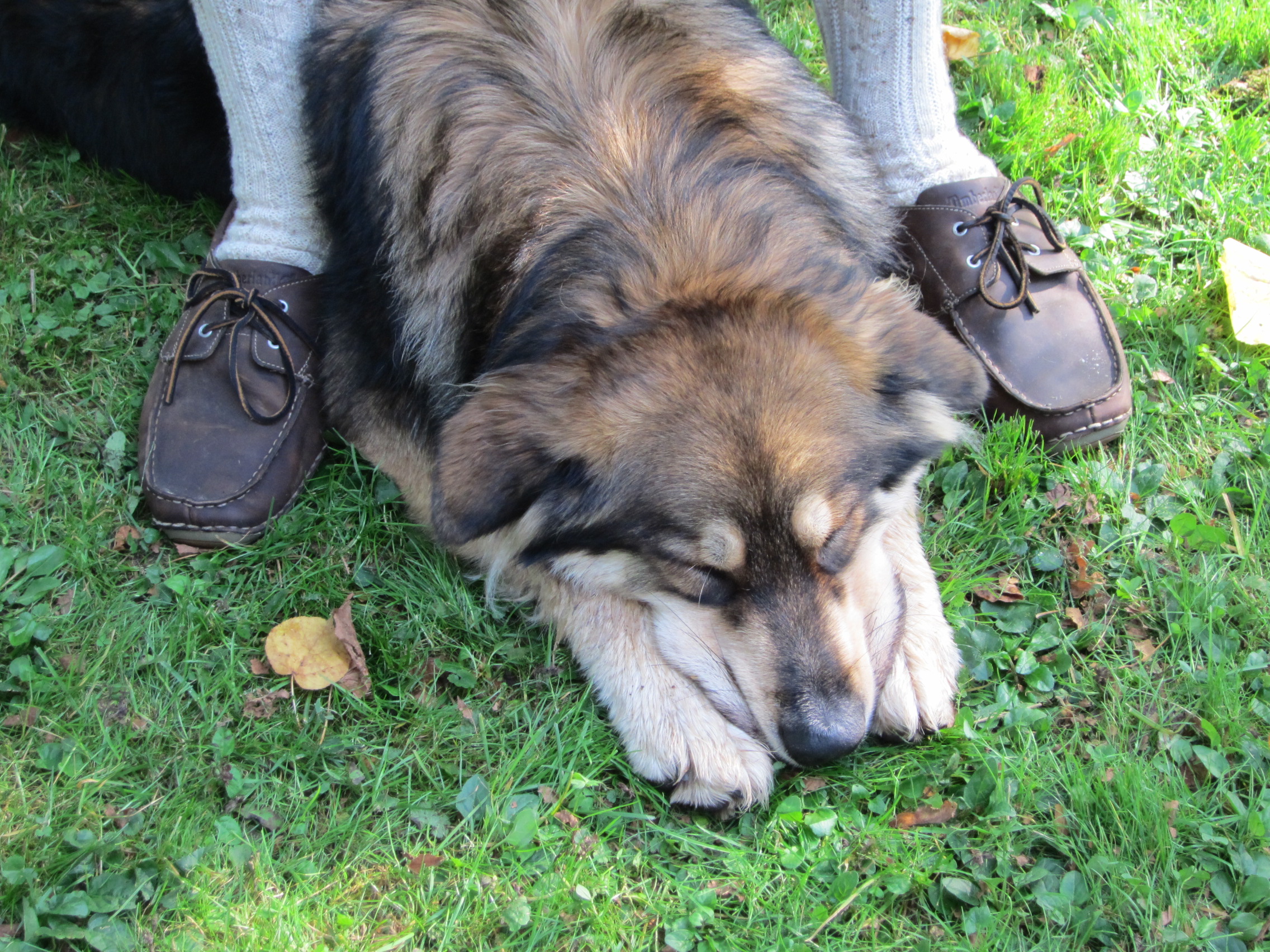

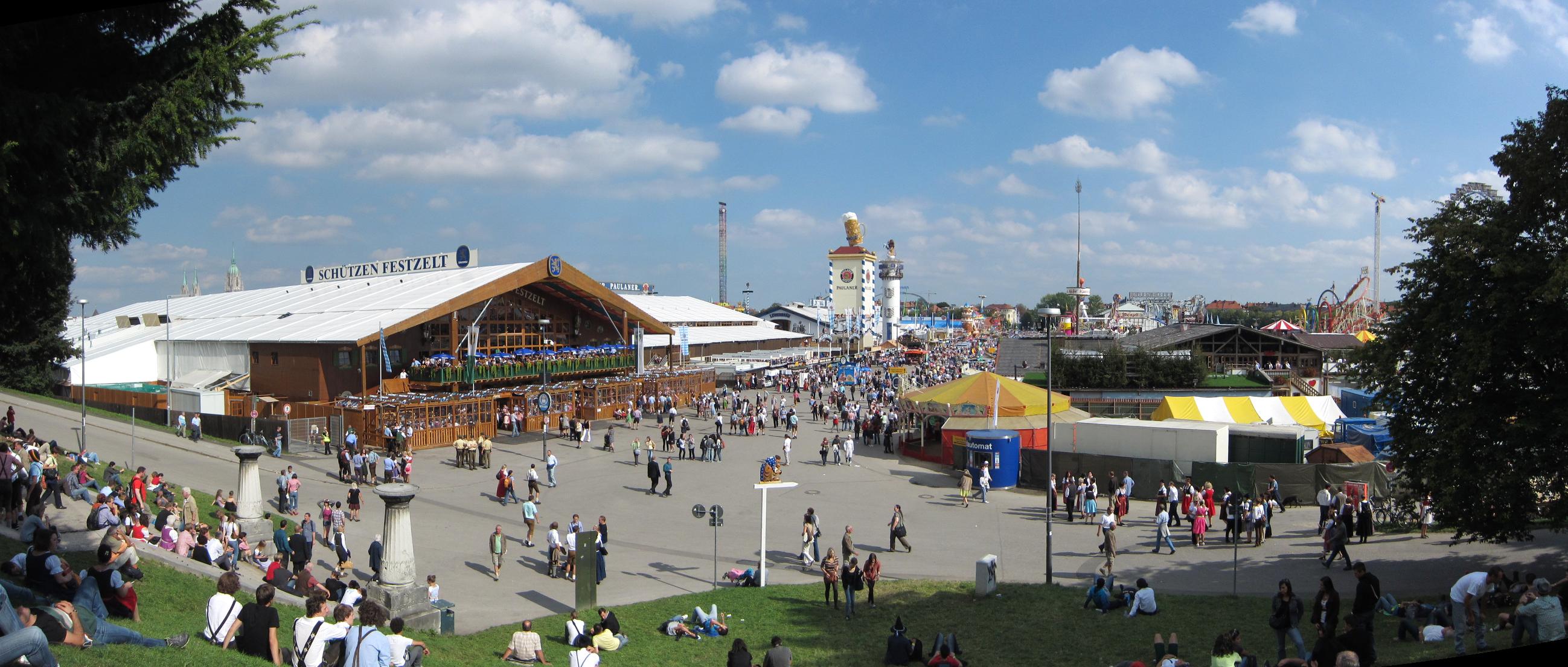


 Although Aunt (“Tante”) Renate’s birthday party isn’t until tomorrow, by the time we got back home at 3:30pm much setup activity was already in motion, with Conny naturally in charge. A large tent was erected and tables and benches set up and decorated with Bavarian themes of edelweiss flower,
Although Aunt (“Tante”) Renate’s birthday party isn’t until tomorrow, by the time we got back home at 3:30pm much setup activity was already in motion, with Conny naturally in charge. A large tent was erected and tables and benches set up and decorated with Bavarian themes of edelweiss flower, 

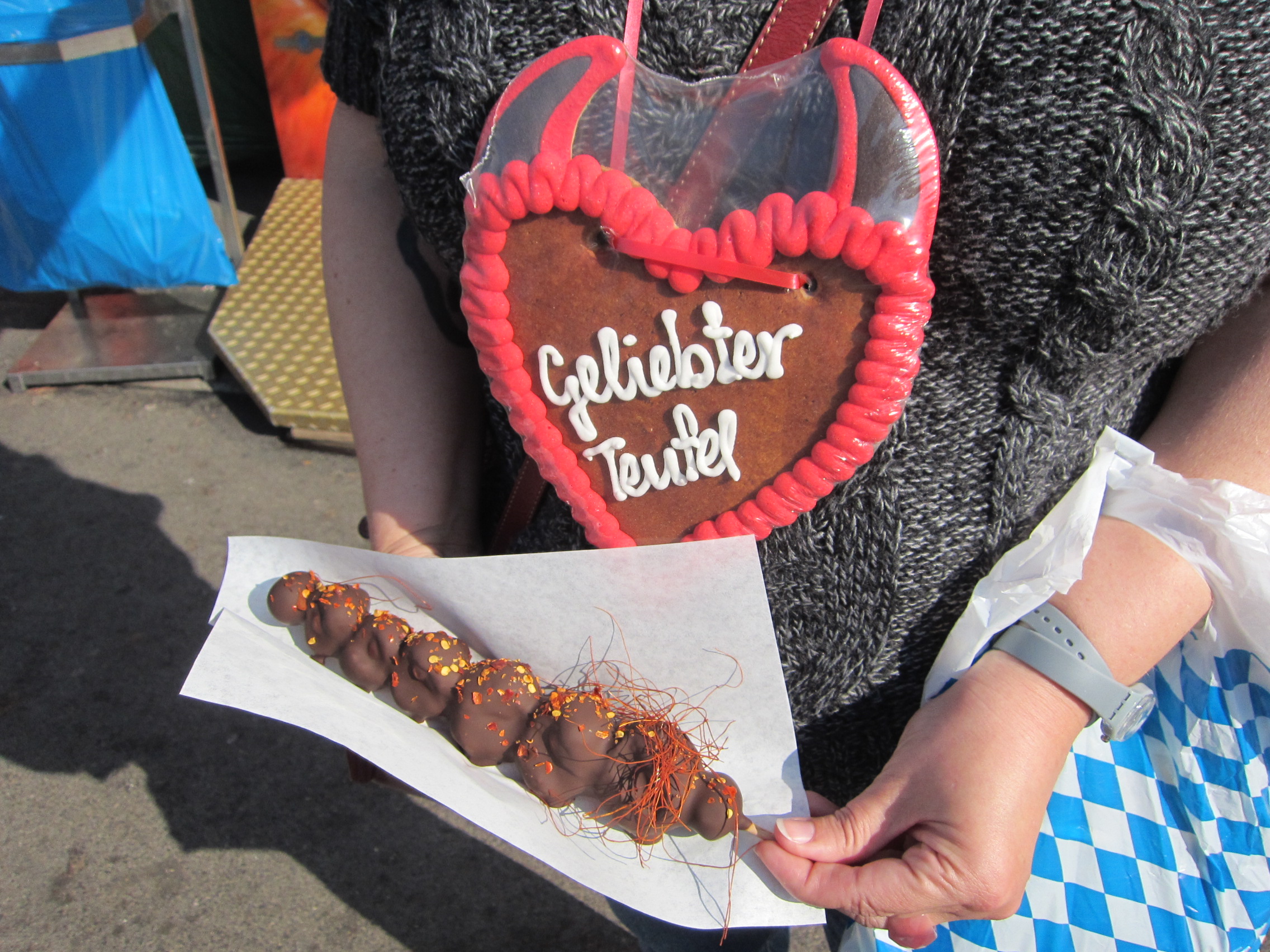


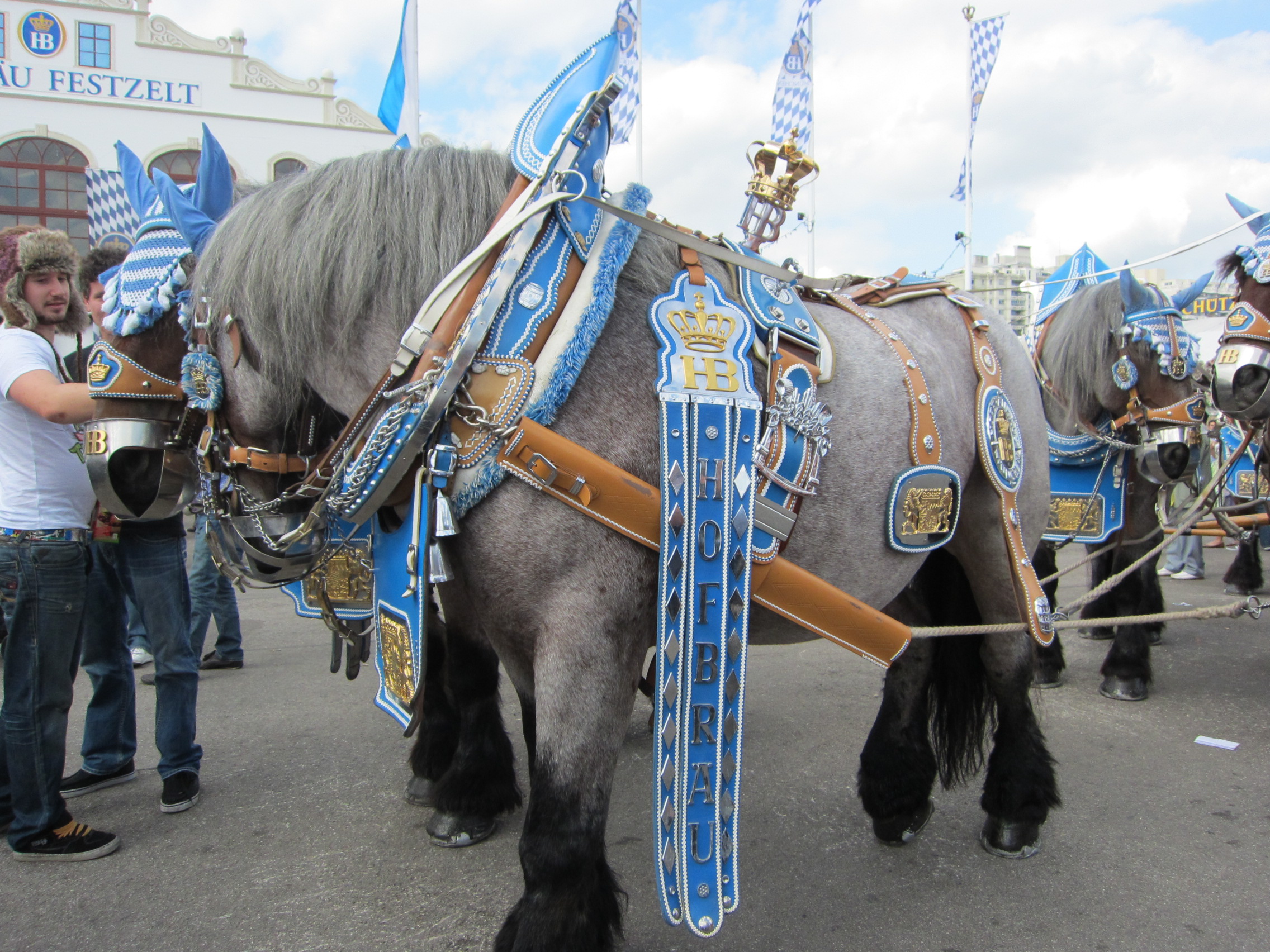



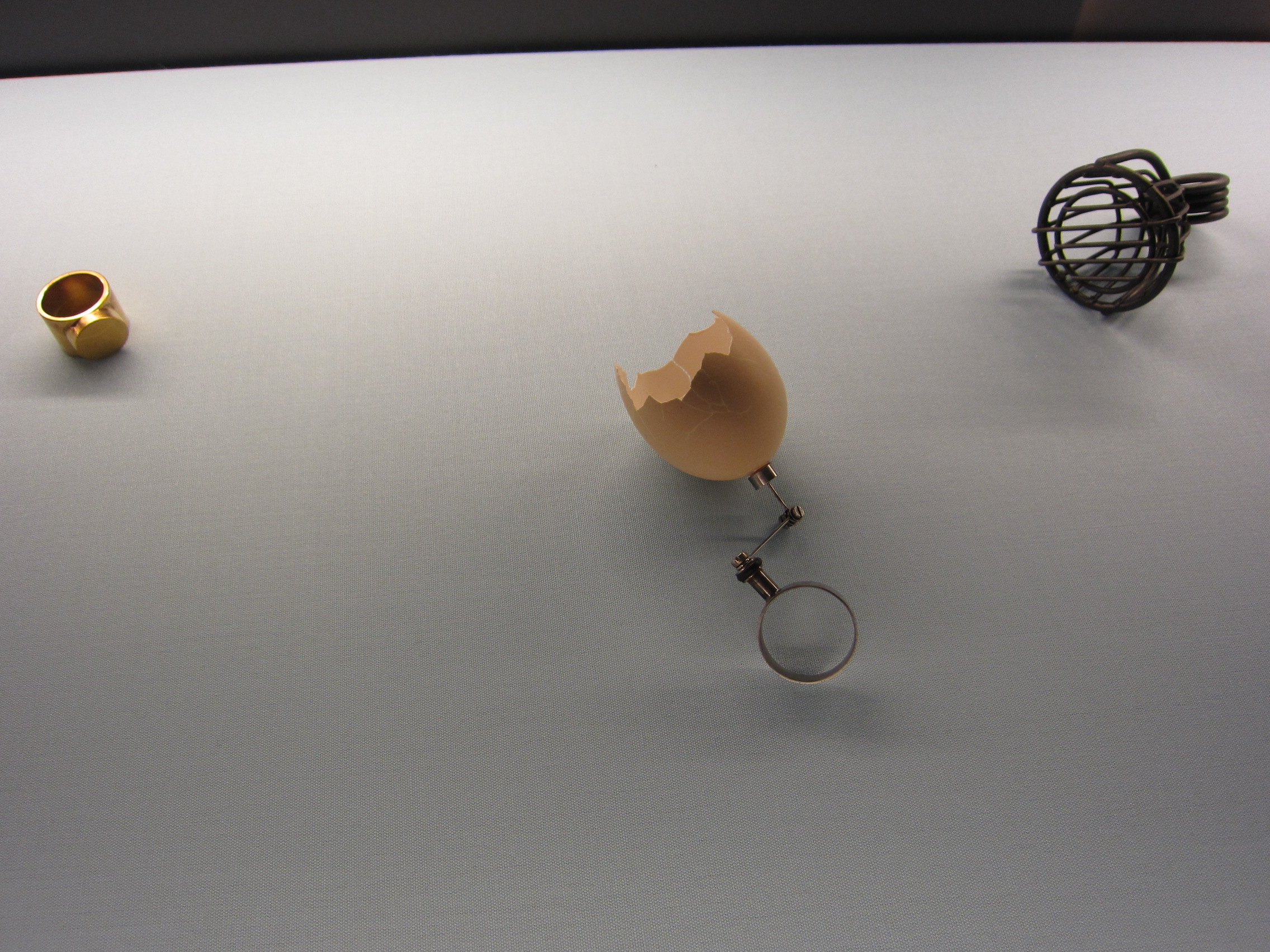 Sharon plotzed.
Sharon plotzed.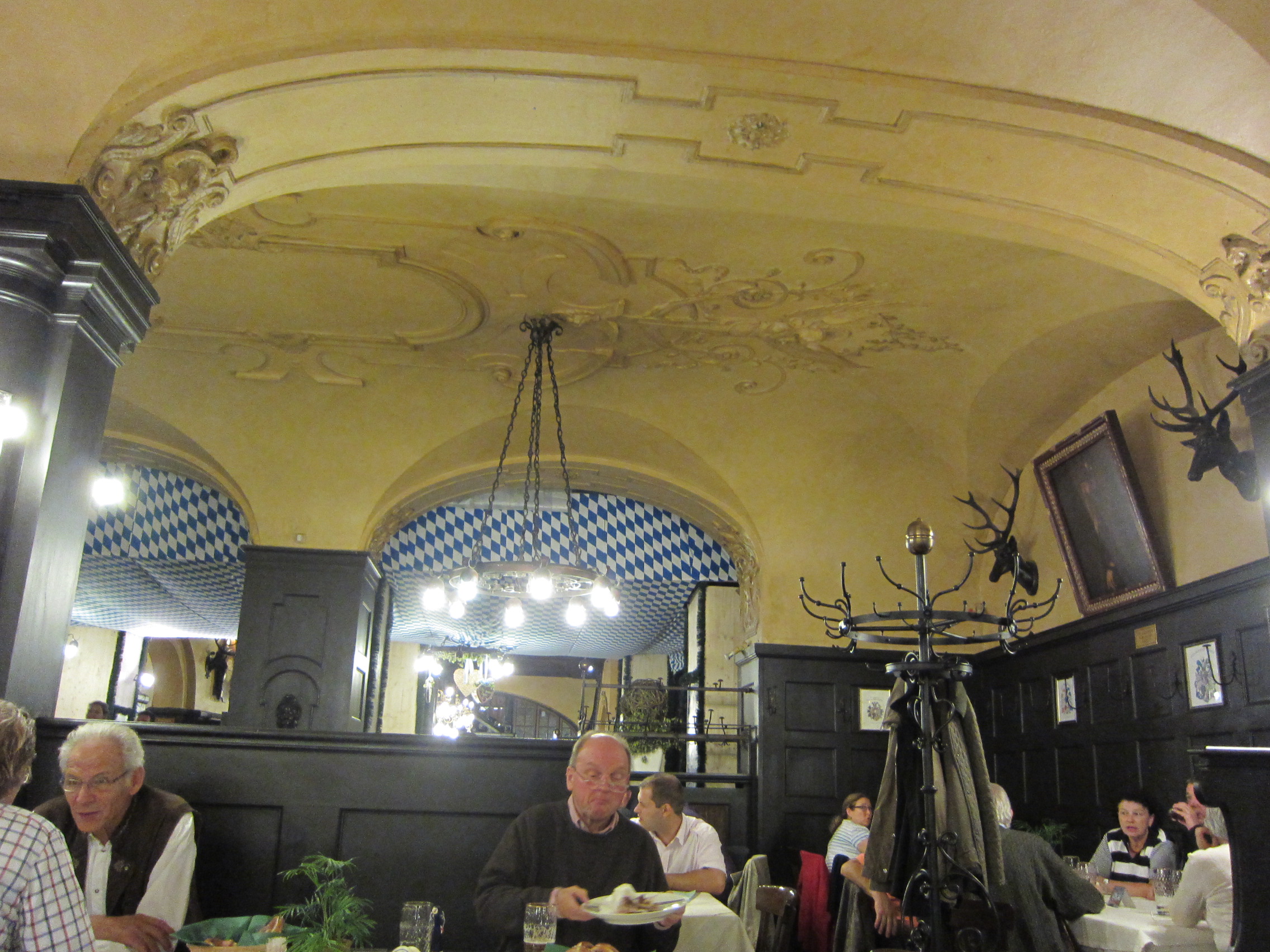
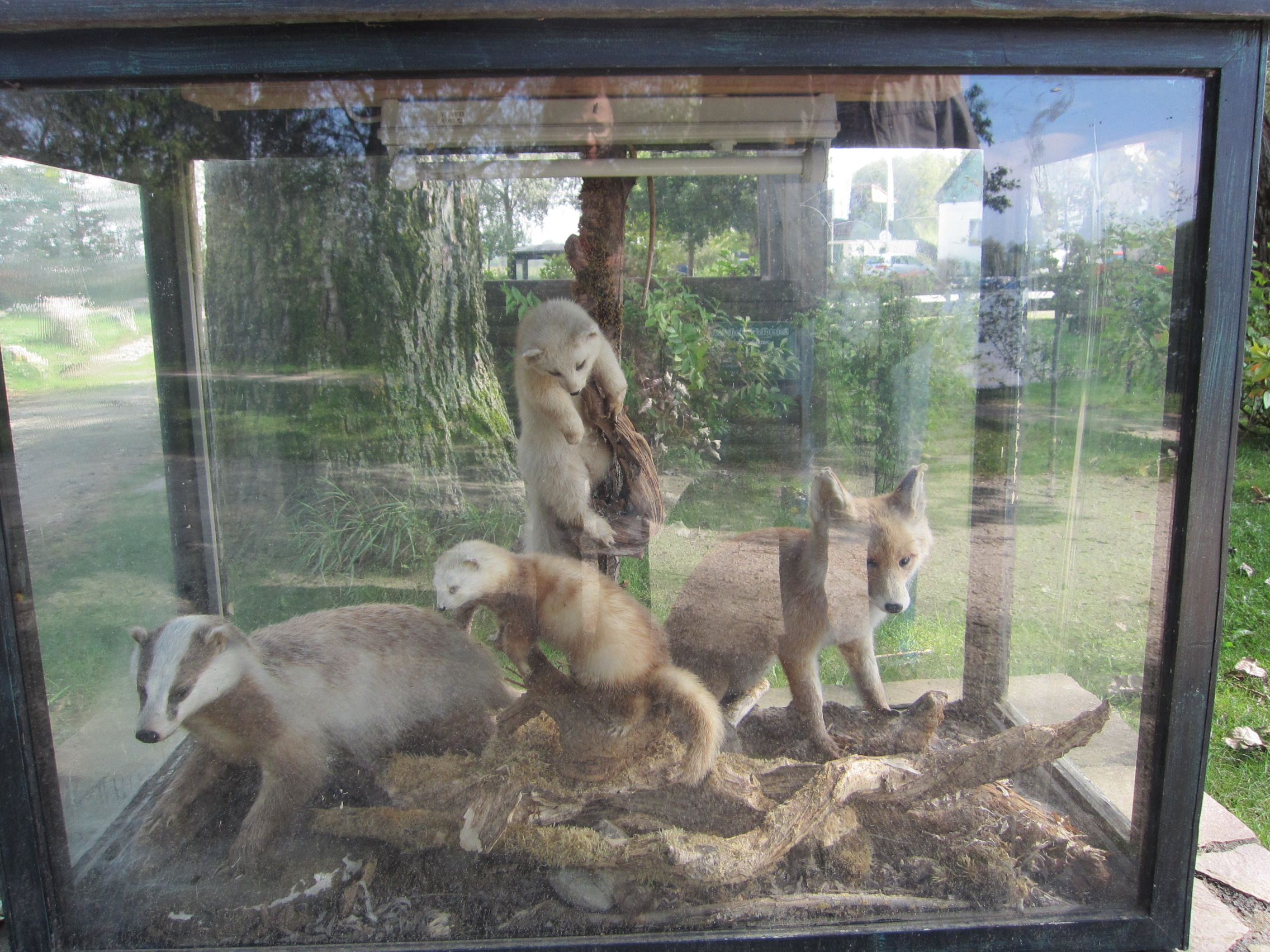

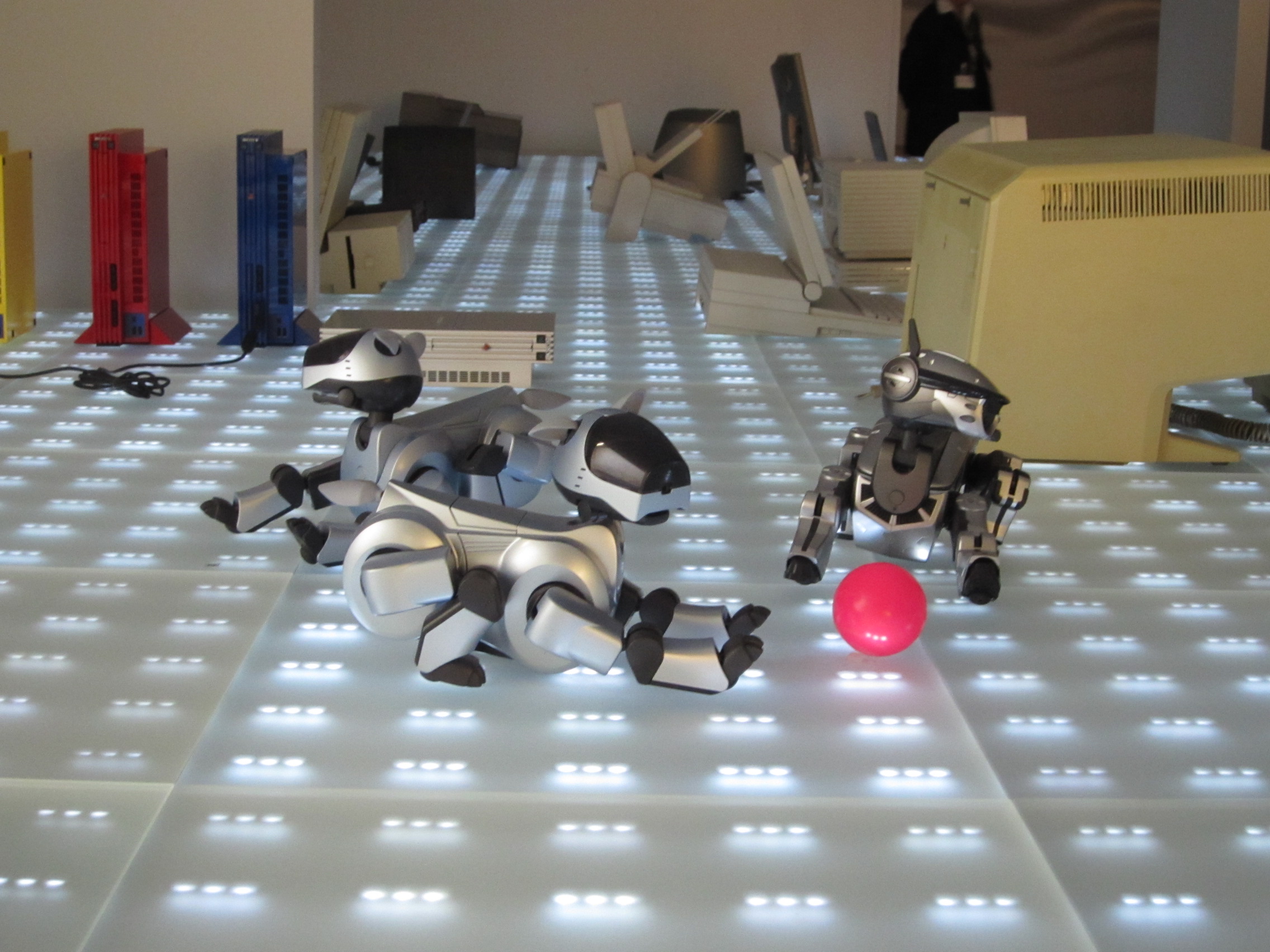

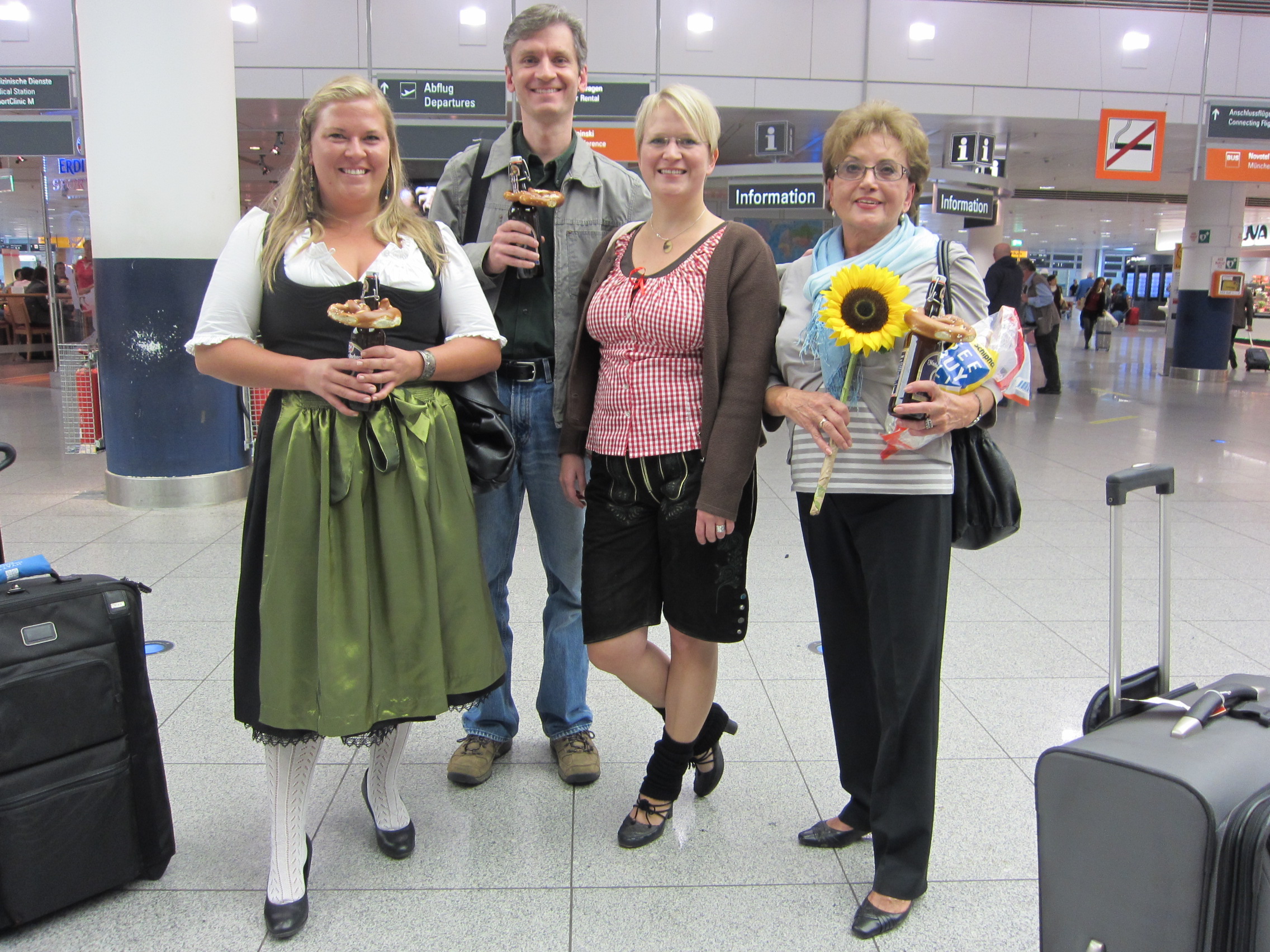 ely short flight to Munich. Chris saw many wind turbines from the air.
ely short flight to Munich. Chris saw many wind turbines from the air.
